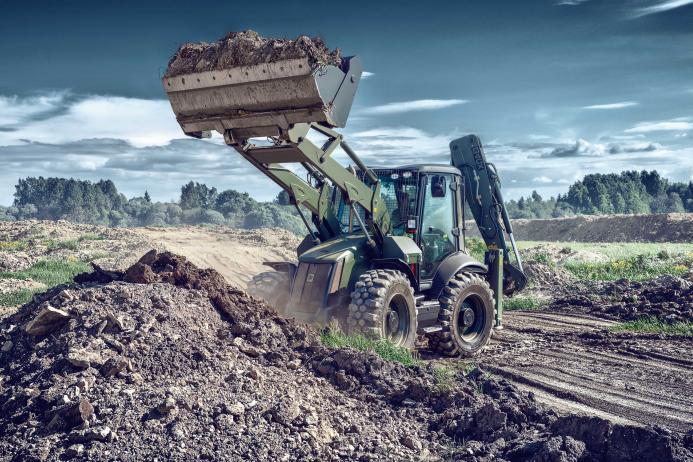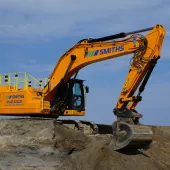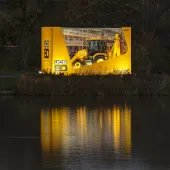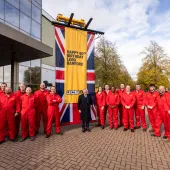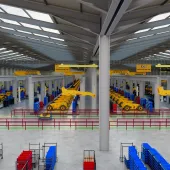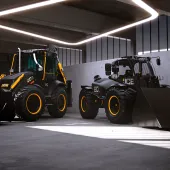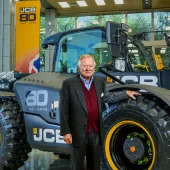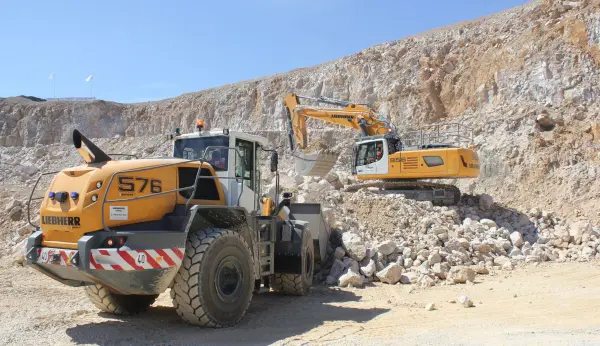JCB win US$45 million US military machine contract
US Marine Corps places order for 4CX backhoe loaders to be supplied over five years
JCB have won a US$45 million contract to supply 4CX backhoe loaders to the US armed forces following an extensive evaluation period. The order placed by the US Marine Corps (USMC) will see the JCB machines supplied over the next five years, along with hands-on operator training and attachments.
JCB are a defence contractor to the US Department of Defense and the latest agreement is the second major contract between the company and the USMC. It follows a US$39 million deal in 2024 for multi-terrain loaders, militarized versions of the JCB Teleskid.
Richard Fox-Marrs, president and chief executive officer of JCB North America, said: ‘We’re proud that, after an extensive evaluation, the Marine Corps has once again selected JCB. As the world’s leading backhoe loader manufacturer, we value this continued partnership and the confidence placed in our ability to deliver machines that meet the highest standards of performance and reliability.’
Chris Giorgianni, vice-president of government and defense for JCB North America, added: ‘The 4CX is the direct result of more than 70 years of continuous improvement. It’s built to perform in the most demanding of environments, whether that’s military engineering missions or high-pressure construction jobsites. This contract builds on JCB’s proven track record of supplying versatile, rugged, and dependable equipment to military forces around the world.’
This latest contract with the USMC is part of JCB’s long-standing support of defence operations around the world. The JCB 4CX backhoe loader selected for the contract is said to combine mission-ready strength with advanced features tailored for tactical and jobsite applications.
Central to the 4CX’s performance is JCB’s side-shift backhoe with Powerslide system, which enables precise side-shift movement of the boom. Unlike centre-mount machines favoured by the North American market, this system expands the digging envelope by 10% and allows operators to work efficiently in tight areas or alongside walls and obstacles, without needing to reposition the machine.

